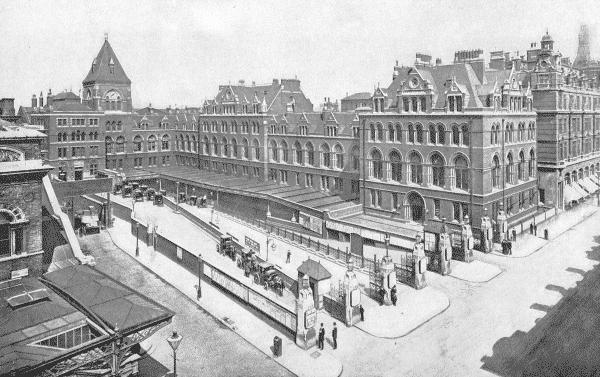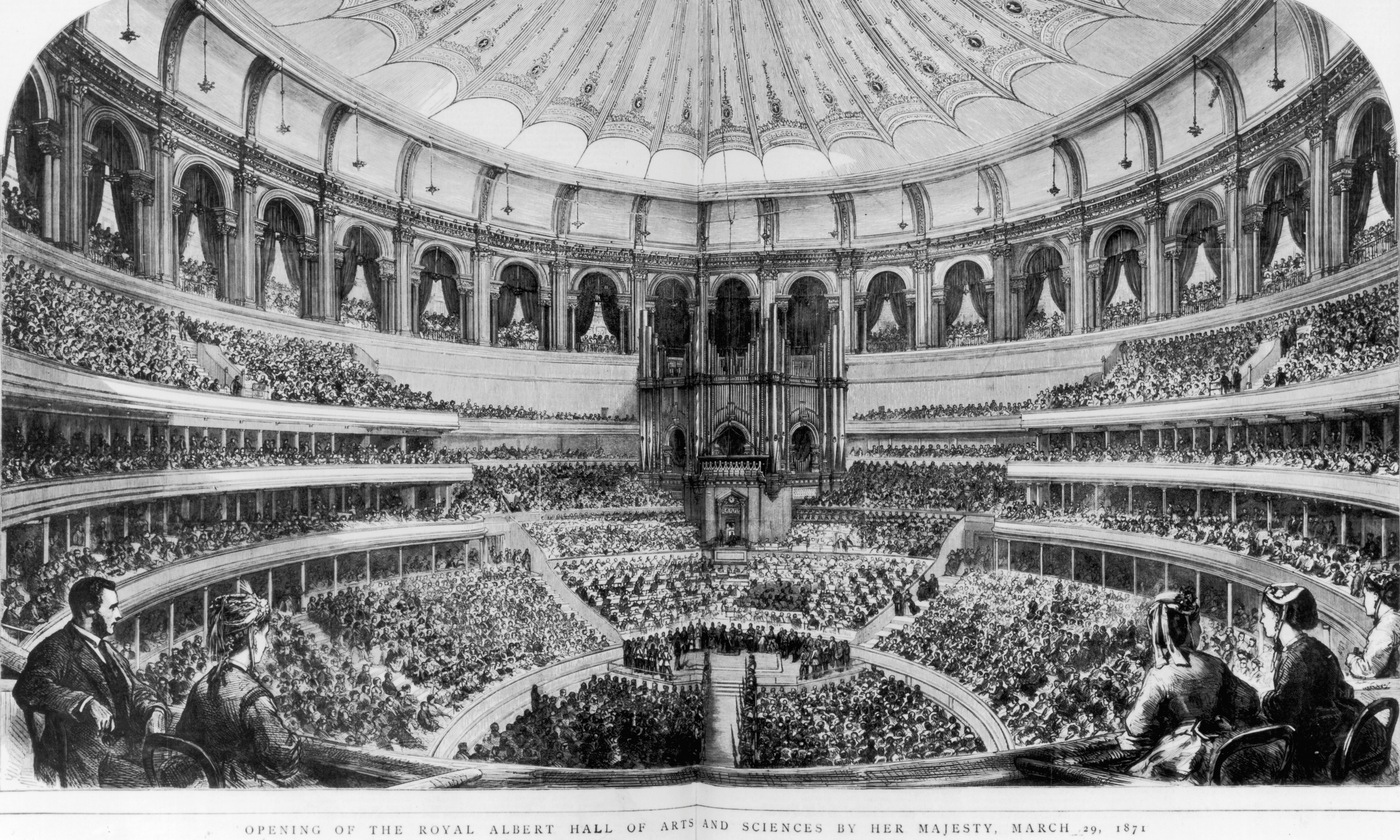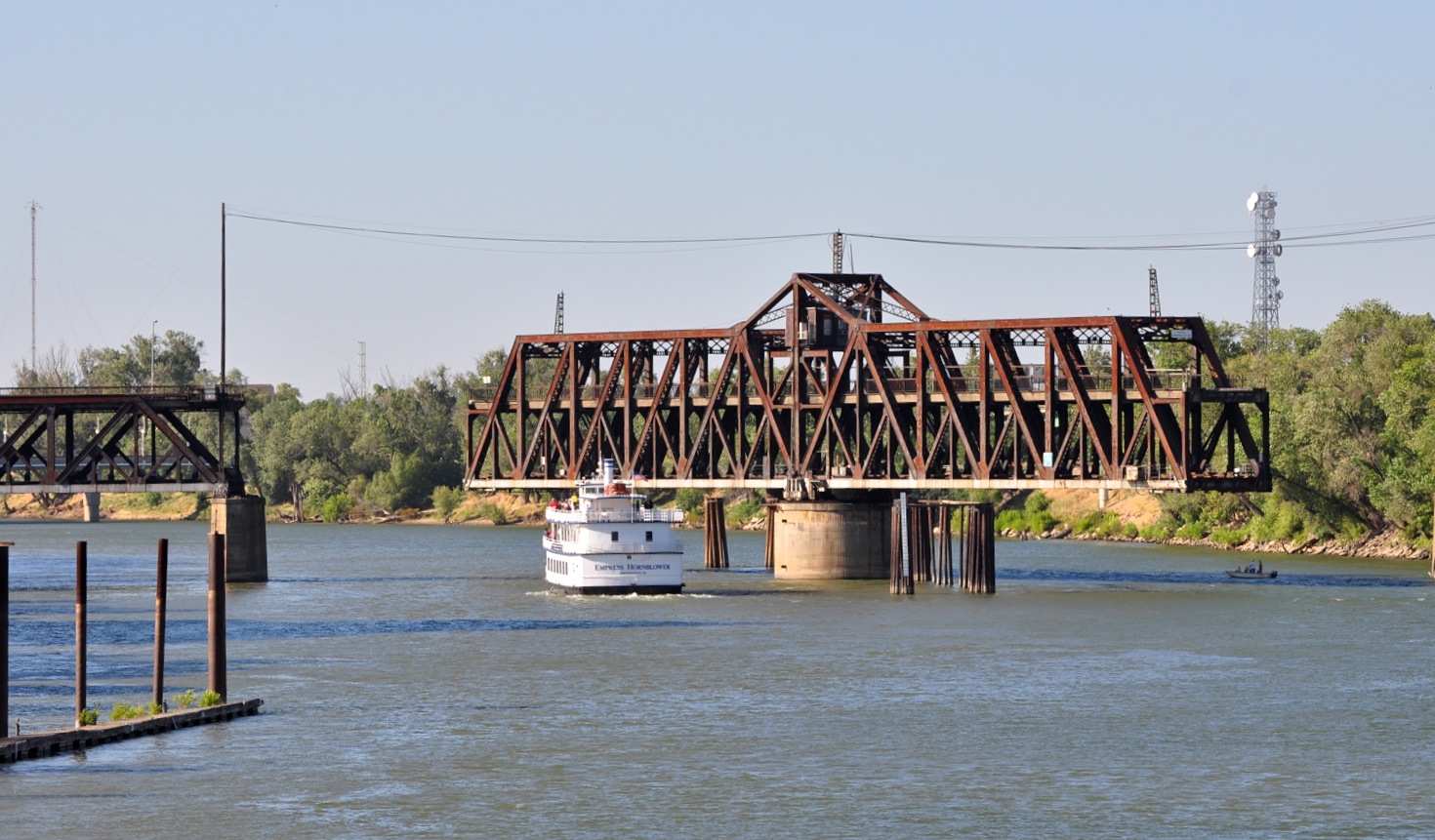|
Lowestoft Railway Station
Lowestoft railway station (formerly Lowestoft Central) serves the town of Lowestoft, Suffolk. It is the eastern terminus of the East Suffolk Line from and is one of two eastern termini of the Wherry Lines from (the other being ). Lowestoft is down the line from Norwich and measured from Ipswich; it is the easternmost station on the National Rail network in the United Kingdom. The station is currently managed by Greater Anglia (train operating company), Greater Anglia, which also operates all of the trains that call. Services are typically formed of British Rail Class 755, Class 755 Stadler FLIRT, FLIRT trains. According to Office of Rail Regulation usage figures for 2010/11, Lowestoft was the fourth-busiest station in Suffolk, after Ipswich, and . Until the late 1960s, the station was served more frequently, with regular express trains for holidaymakers in the summer to and from Liverpool Street station, London Liverpool Street and local services to Great Yarmouth. As part ... [...More Info...] [...Related Items...] OR: [Wikipedia] [Google] [Baidu] |
Lowestoft
Lowestoft ( ) is a coastal town and civil parish in the East Suffolk (district), East Suffolk district of Suffolk, England.OS Explorer Map OL40: The Broads: (1:25 000) : . As the List of extreme points of the United Kingdom, most easterly UK settlement, it is north-east of Ipswich and south-east of Norwich, and the main town in its district. Its development grew with the fishing industry and as a seaside resort with wide sandy beaches. As fishing declined, Petroleum industry, oil and gas exploitation in the North Sea in the 1960s took over. In 2021 the built-up area had a population of 71,327 and the parish had a population of 47,879. History Some of the earliest signs of settlement in Britain have been found here. Flint tools discovered in the Pakefield cliffs of south Lowestoft in 2005 allow human habitation of the area to be traced back 700,000 years.S. Parfitt et al. (2006'700,000 years old: found in Pakefield', ''British Archaeology'', January/February 2006. Retrieved 24 ... [...More Info...] [...Related Items...] OR: [Wikipedia] [Google] [Baidu] |
Liverpool Street Station
Liverpool Street station, also known as London Liverpool Street, is a major central London railway terminus and connected London Underground station in the north-eastern corner of the City of London, in the ward of Bishopsgate Without. It is the terminus of the West Anglia Main Line to Cambridge and Ely; the Great Eastern Main Line to Norwich; commuter trains serving east London and destinations in the East of England, including the Weaver line of the London Overground; and the Stansted Express service to Stansted Airport. The station opened in 1874, as a replacement for Bishopsgate station as the Great Eastern Railway's main London terminus. By 1895, it had the most platforms of any London terminal station. During the First World War, an air raid on the station killed 16 on site, and 146 others in nearby areas. In the build-up to the Second World War, the station served as the entry point for thousands of child refugees arriving in London as part of the '' Kindertran ... [...More Info...] [...Related Items...] OR: [Wikipedia] [Google] [Baidu] |
Train Shed
A train shed is a building adjacent to a station building where the tracks and platforms of a railway station are covered by a roof. It is also known as an overall roof. Its primary purpose is to store and protect from the elements train cars not in use, The first train shed was built in 1830 at Liverpool's Crown Street railway station, Crown Street Station. The biggest train sheds were often built as an arch of glass and iron, while the smaller were built as normal pitched roofs. The train shed with the biggest single span ever built was that at the second Broad Street Station (Philadelphia), Philadelphia Broad Street Station, built in 1891. Types of train shed Early wooden train sheds The earliest train sheds were wooden structures, often with unglazed openings to allow smoke and steam to escape. The oldest part of Bristol Temple Meads railway station, Bristol Temple Meads is a particularly fine – and large – example, designed by Isambard Kingdom Brunel with mock-ha ... [...More Info...] [...Related Items...] OR: [Wikipedia] [Google] [Baidu] |
York Railway Station
York railway station is a principal stop on the East Coast Main Line (ECML) serving the cathedral city of York, North Yorkshire, England. It is north of and, on the main line, it is situated between to the south and to the north. , the station is operated by London North Eastern Railway (LNER). It is the busiest station in North Yorkshire, the third busiest in Yorkshire & the Humber and the sixth busiest in Northern England, as well as being the busiest intermediate station on the East Coast Main Line. In ''Britain's 100 Best Railway Stations'' by Simon Jenkins, the station was one of only ten to be awarded five stars. The present York station was built during the 1870s after it had become clear that the old station, which could not facilitate through traffic due to its positioning, was a hindrance to long distance express services along what is now referred to as the ECML. Designed by the North Eastern Railway architects Thomas Prosser and William Peachey and built by ... [...More Info...] [...Related Items...] OR: [Wikipedia] [Google] [Baidu] |
Royal Albert Hall
The Royal Albert Hall is a concert hall on the northern edge of South Kensington, London, England. It has a seating capacity of 5,272. Since the hall's opening by Queen Victoria in 1871, the world's leading artists from many performance genres have appeared on its stage. It is the venue for the BBC Proms concerts, which have been held there every summer since 1941. It is host to more than 390 shows in the main auditorium annually, including classical, rock and pop concerts, ballet, opera, film screenings with live orchestral accompaniment, sports, awards ceremonies, school and community events, and charity performances and banquets. A further 400 events are held each year in the non-auditorium spaces. Over its 153-year history, the hall has hosted people from various fields, including meetings held by suffragettes, speeches from Winston Churchill, Charles de Gaulle, and Albert Einstein, fights by Lennox Lewis, exhibition bouts by Muhammad Ali, and concerts from regular performer ... [...More Info...] [...Related Items...] OR: [Wikipedia] [Google] [Baidu] |
Italianate Architecture
The Italianate style was a distinct 19th-century phase in the history of Classical architecture. Like Palladianism and Neoclassicism, the Italianate style combined its inspiration from the models and architectural vocabulary of 16th-century Italian Renaissance architecture with picturesque aesthetics. The resulting style of architecture was essentially of its own time. "The backward look transforms its object," Siegfried Giedion wrote of historicist architectural styles; "every spectator at every period—at every moment, indeed—inevitably transforms the past according to his own nature." The Italianate style was first developed in Britain in about 1802 by John Nash, with the construction of Cronkhill in Shropshire. This small country house is generally accepted to be the first Italianate villa in England, from which is derived the Italianate architecture of the late Regency and early Victorian eras. The Italianate style was further developed and popularised by the a ... [...More Info...] [...Related Items...] OR: [Wikipedia] [Google] [Baidu] |
Lucas Brothers (company)
Lucas Brothers was a leading British building business based in London. Early history The business was founded by Charles Thomas Lucas (1820 London – 1895 Warnham Court, near Horsham) and Thomas Lucas (1822–1902). They were the sons of James Lucas (1792–1865), a builder from St Pancras, London, St Pancras, London. Charles joined his father's business and was soon employed to manage construction of the Norwich & Brandon Railway for Sir Samuel Morton Peto. In 1842 Charles set up his own contracting business in Norwich and progressed to rebuilding Peto's house, Somerleyton Hall. Charles and Thomas established a facility in Lowestoft from which they undertook various works, including the railway, the station, the Esplanade, Wellington Terrace, Kirkley Cliff Terrace, St John's church, and several hotels. Building contracts Building contracts included: *Royal Opera House, Covent Garden Opera House (completed in 1858) *Oxford University Museum of Natural History (1860) *Roya ... [...More Info...] [...Related Items...] OR: [Wikipedia] [Google] [Baidu] |
Toll Road
A toll road, also known as a turnpike or tollway, is a public or private road for which a fee (or ''Toll (fee), toll'') is assessed for passage. It is a form of road pricing typically implemented to help recoup the costs of road construction and Road maintenance, maintenance. Toll roads have existed in some form since Classical antiquity, antiquity, with tolls levied on passing travelers on foot, wagon, or horseback; a practice that continued with the automobile, and many modern tollways charge fees for motor vehicles exclusively. The amount of the toll usually varies by vehicle type, weight, or number of axles, with freight trucks often charged higher rates than cars. Tolls are often collected at toll plazas, toll booths, toll houses, toll stations, toll bars, toll barriers, or toll gates. Some toll collection points are automatic, and the user deposits money in a machine which opens the gate once the correct toll has been paid. To cut costs and minimise time delay, many tolls ... [...More Info...] [...Related Items...] OR: [Wikipedia] [Google] [Baidu] |
Port Of Lowestoft
The Port of Lowestoft is a harbour and commercial port in Lowestoft in the English county of Suffolk owned by Associated British Ports. It is the most easterly harbour in the United Kingdom and has direct sea access to the North Sea. The harbour is made up of two sections divided by a bascule bridge. The inner harbour is formed by Lake Lothing whilst the outer harbour is constructed from breakwaters. Lowestoft handles around 30,000 tonnes of cargo per year. Traditionally the harbour was the site for an extensive fishing industry as well as engineering and shipbuilding companies such as Brooke Marine, Richards and Boulton and Paul.Lowestoft Poppyland Publishing. Retrieved 2011-04-30. The offshore |
Oulton Broad
Oulton Broad refers to both the lake and the suburb of Lowestoft, Suffolk, England. The suburb is located west of the centre of Lowestoft. It became a civil parish in 2017. It had an estimated population of 10,338 at the 2011 United Kingdom census. Oulton Broad Oulton Broad is an expanse of water and marsh which forms part of the network of man-made bodies of water known as The Broads. It is believed to be the remnant of medieval peat cutting. To the east it is linked by Mutford Lock to the saltwater Lake Lothing which passes through the centre of Lowestoft and flows into the North Sea. To the west it is linked by Oulton Dyke to the River Waveney. The Broad is the most southern area of open water in the Broads system, and is a busy tourist and sporting centre. It is used for a variety of watersports, including powerboat racing, and as the base for boat hire. Facilities include a yacht station and moorings as well as a 'village' of holiday chalets. Nicholas Everitt Park ha ... [...More Info...] [...Related Items...] OR: [Wikipedia] [Google] [Baidu] |
Swing Bridge
A swing bridge (or swing span bridge) is a movable bridge that can be rotated horizontally around a vertical axis. It has as its primary structural support a vertical locating pin and support ring, usually at or near to its center of gravity, about which the swing span (turning span) can then pivot horizontally as shown in the animated illustration to the right. In its closed position, a swing bridge carrying a road or railway over a river or canal, for example, allows traffic to cross. When a water vessel needs to pass the bridge, road traffic is stopped (usually by traffic signals and barriers), and then motors rotate the bridge horizontally about its pivot point. The typical swing bridge will rotate approximately 90 degrees, or one-quarter turn; however, a bridge which intersects the navigation channel at an oblique angle may be built to rotate only 45 degrees, or one-eighth turn, in order to clear the channel. Small swing bridges as found over narrow canals may be pivo ... [...More Info...] [...Related Items...] OR: [Wikipedia] [Google] [Baidu] |









